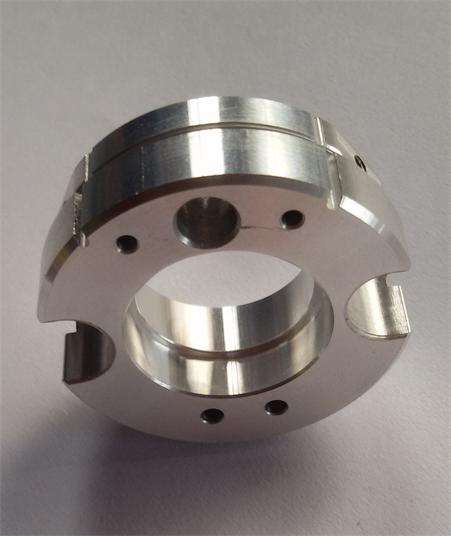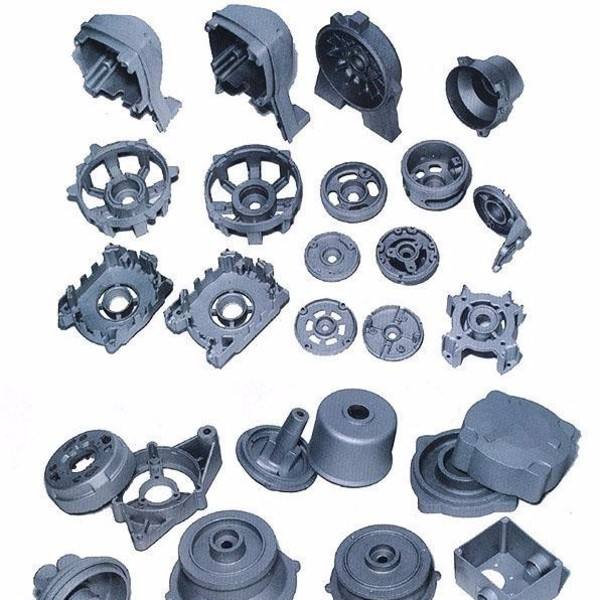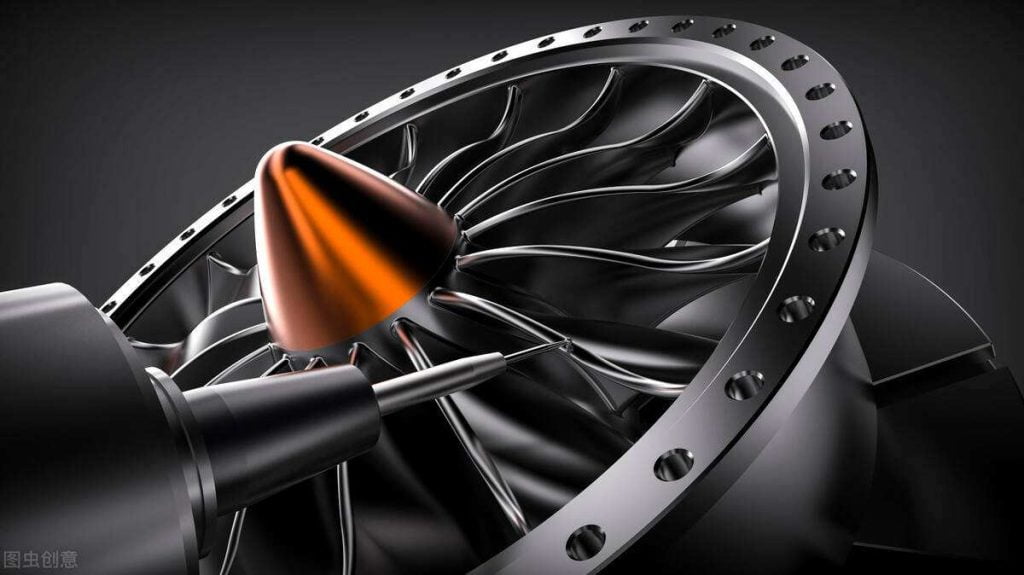A car is composed of about 10000 parts. Each part must be processed and formed through different processes before it can be assembled on the car. Today, let's take a look at the processing technology of seven major auto parts.
About casting
Forging is a manufacturing method in which molten metal materials are poured into the cavity of the mold and cooled and solidified to obtain goods.
In the automobile industry, there are many parts made of pig iron, accounting for about 10% of the net weight of the whole vehicle, such as cylinder liners, gearbox housings, steering system housings, rear axle housings, brake system drums, and various support frames.

Sand mold is generally used to produce cast iron parts. The raw material of the sand mold is dominated by sand, which is mixed with adhesive and water. The raw material of sand mold needs to have a certain bond compressive strength, so that it can be cast into the desired shape and resist the erosion of high-temperature molten steel without collapse. In order to better cast a cavity in the sand mold that conforms to the shape of the workpiece, it is necessary to first make a solid model with wood, which is called a wood template. The hot molten steel will become smaller after cooling, so the size of the wooden formwork must be increased according to the shrinkage on the basis of the original size of the casting, and the thickened shape corresponding to the appearance of the production and processing must be cut.

Hollow castings must be made into sand cores and corresponding core wood templates (core boxes). With a wooden template, you can turn over the cavity sand mold (forging is also known as "turning over process"). When manufacturing sand molds, it is necessary to consider how to separate the left and right sand boxes before taking down the wooden formwork, where to inject molten steel, and how to fill the cavity so as to obtain high-quality castings.

After the sand mold is made, it can be poured, that is, molten steel is poured into the cavity of the sand mold. During pouring, the temperature of molten iron is 1250-1350 degrees, which is higher during smelting.












